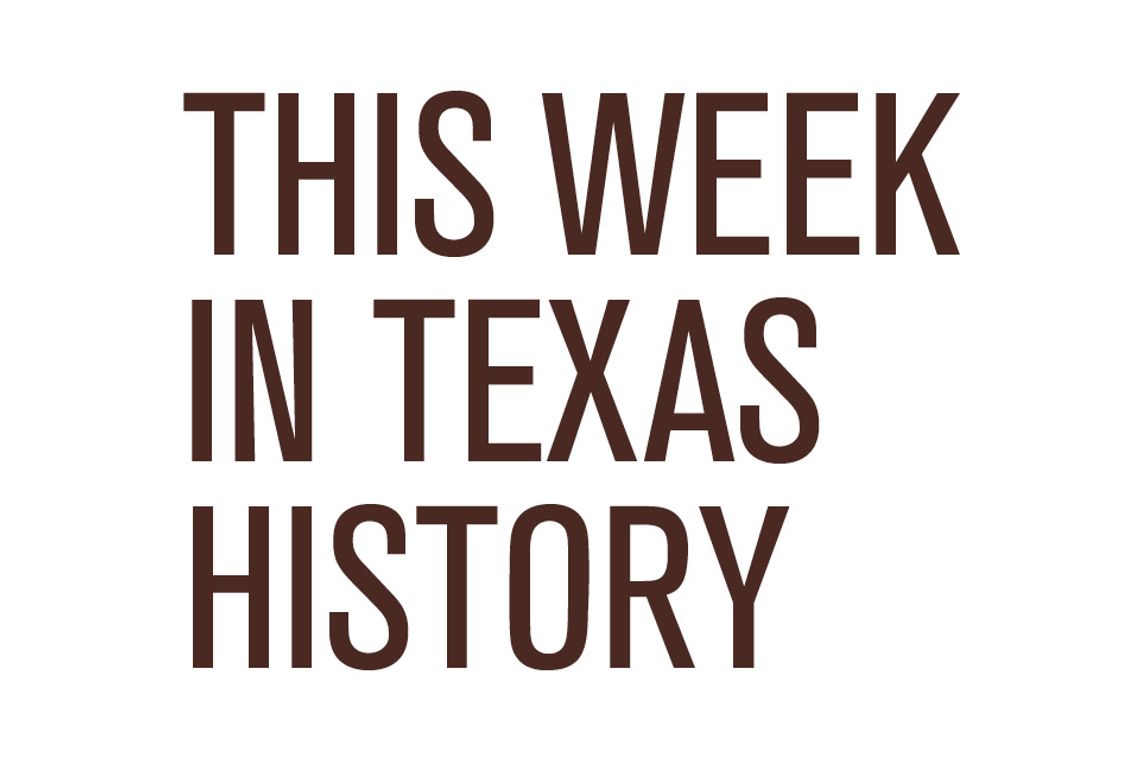By Bartee Haile
On Sept. 6, 1896 the Katy Railroad put two-dollar tickets on sale for seats on excursion trains that would carry buyers to the sight of the century – a staged collision of two locomotives.
The unique publicity stunt was the pet project of an imaginative passenger agent with the unlikely name of William George Crush. A rail mishap several years earlier had gotten him to thinking.
Even though the accident happened miles from the nearest town, in a matter of minutes the scene was crawling with curiosity seekers. If people were that fascinated by the sight of boxcars littering the landscape, then how about a head-on collision of two speeding freight trains?
With his job on the line, Crush pitched the wild idea to his bosses at the Missouri, Kansas and Texas. Instead of telling the employee to clean out his desk, the Katy officials, always eager to get a leg up on the competition, enthusiastically okayed the scheme. In the never-ending quest for publicity, Crush had struck the mother lode.
A deserted valley 17 miles north of Waco and three miles south of West was chosen as the perfect spot and named Crush for the occasion. A battalion of 500 laborers laid new tracks to connect the secluded site with the main line and constructed a two-mile span for the actual demolition dash.
A couple of huge, over-the-hill locomotives were saved from the scrap heap and refurbished for a final run. One thing for sure, the brightly painted behemoths would go out with a bang.
The Katy Railroad ran ads in newspapers across Texas and adjacent states to promote the once-in-a-lifetime thrill. Every seat on 30 excursion specials quickly sold.
By the middle of the afternoon on Sept. 15, 1896, a crowd estimated at 50,000 transformed the empty field into the most congested piece of real estate in Texas. For a few action-packed hours, Crush was the second biggest town in the Lone Star State.
Lunch was served under a giant circus tent compliments of Ringling Brothers, and eight tanker cars supplied free water to the thirsty throng. A carnival entertained the children while the grown-ups amused themselves with stronger stuff, lemonade spiked upon request.
Just past five o’clock, the iron horses, each with half a dozen cars in tow, began to roll. Clamping down the throttles, the engineers wisely leaped from their respective cabs. For two heart-pounding minutes, the trains hurtled toward each other as the multitude cheered wildly.
At 50 miles per hour, the two 35-ton missiles met with a deafening roar. As reported by the Houston Daily Post, “The front end of the engines shot upward, the tenders and seven of the cars were piled in a heap of debris under them and the boilers, being shorn of everything, fell over side by side.”
A rope cordoned off the point of impact for 250 feet in all directions, a well-intentioned attempt to keep the audience out of harm’s way. But the consequences of the calamity were badly underestimated and beyond anybody’s control.
Both boilers exploded on impact and showered stunned spectators with sharp shreds of shrapnel. One enormous fragment was thrown a thousand feet, and a man standing half that distance away was flattened by a flying timber.
A photographer on a scaffold a hazardous hundred feet from the wreck was struck in the face by a metal bolt. The projectile punctured his right eye and pierced his brain. Although he lost the eye, he miraculously survived to snap another shutter.
Two other victims were not as fortunate. The rain of rubble left a man and a woman with severe head wounds, and neither one lived through the night. Scores of other observers received minor injuries.
As doctors hurried to help the fallen, the unscathed sorted through the wreckage for souvenirs. Twisted bits of shattered steam engines were carried home as mementos of the world’s one and only staged train disaster.
On the return trip, a third fatality was added to the tragic toll. The carefree holiday of a teenaged boy ended in death, when he fell under the wheels of a homeward bound excursion train.
Missouri, Kansas and Texas attorneys stayed busy for several years settling the rash of claims filed by the maimed and mutilated. Despite the cost of litigation, the railroad rated the event a resounding success.
As for agent Crush, his reward was a big raise and a promotion. In later years, the born promoter lent his talent to less dangerous endeavors such as the State Fair of Texas and Battle of the Flowers in San Antonio.
But he never suggested another train wreck. After all, how could he hope to top the Crash at Crush?”
Read all about the early years of the oil frenzy in “Texas Boomtowns: A History of Blood and Oil” Order your copy for $24.00 by mailing a check to Bartee Haile, P.O. Box 130011, Spring, TX 77393.











